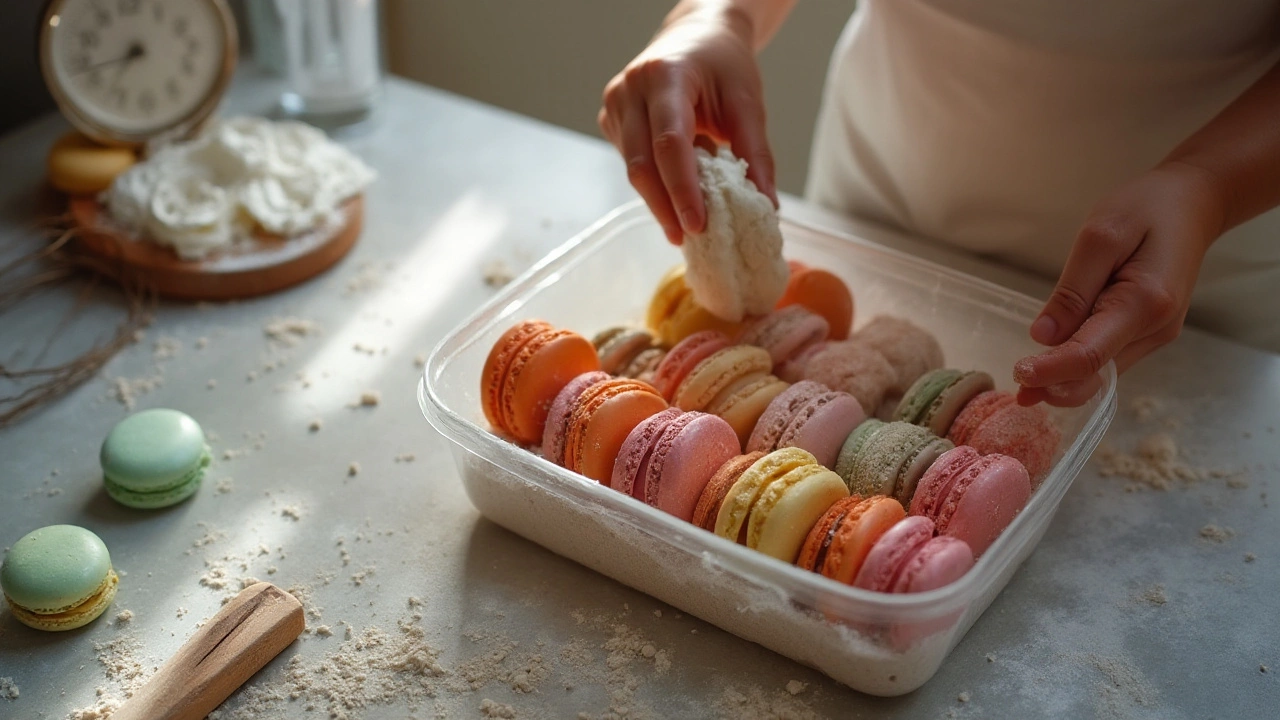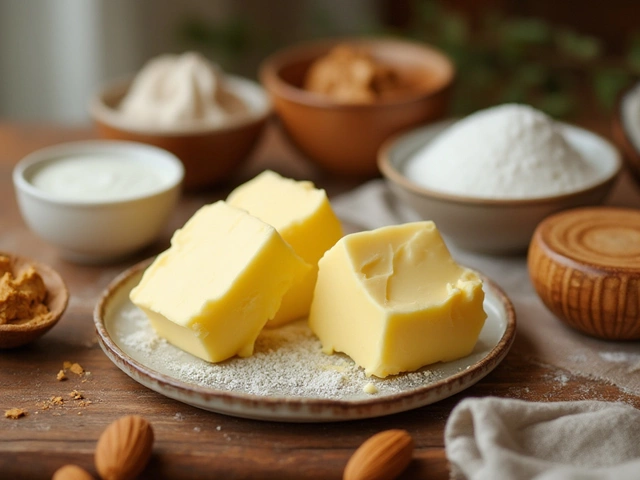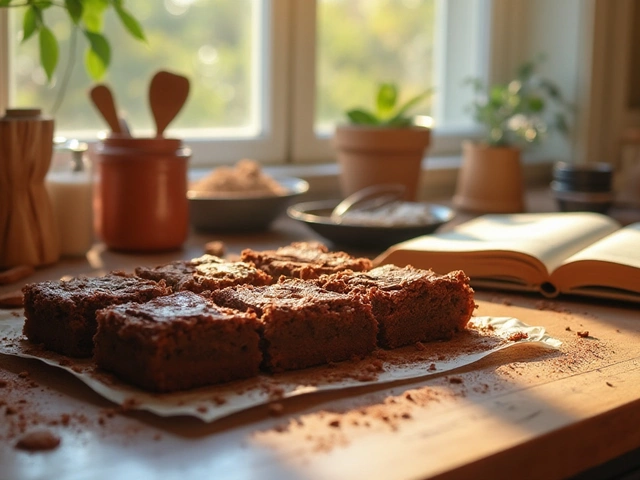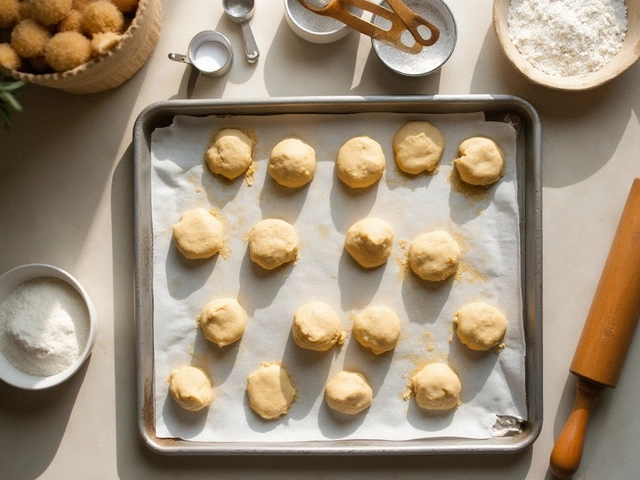Macaron Tips: Simple Tricks for Perfect French Cookies
Ever wonder why some macarons come out smooth and glossy while others look cracked or flat? The answer usually boils down to a few easy habits. Below you’ll find the most useful tips that turn a shaky batch into a batch you’re proud to serve.
Getting the Basics Right
Start with quality ingredients. Use almond flour that’s finely ground and sifted at least twice – this prevents gritty texture. Pair it with powdered sugar, also sifted, to keep the batter light.
Egg whites are the heart of a macaron. Separate them on a cool day, keep the yolks away, and let the whites sit for 30 minutes at room temperature. This helps them reach a stable foam when you whisk.
When you whip the egg whites, add a pinch of cream of tartar or a few drops of lemon juice. This gives the meringue a stronger structure. Whisk until you get a soft peak, then add a splash of granulated sugar and continue until you hit stiff peaks – the meringue should stand up straight when the whisk is lifted.
Fold the dry ingredients into the meringue gently. The mixture should flow like lava – thick enough to hold its shape, but thin enough to spread slowly on the parchment. If the batter is too stiff, it will crack; too runny, and the shells will flatten.
Avoid Common Mistakes
One of the biggest errors is skipping the resting step. After piping, let the shells sit on the tray for 30‑45 minutes. They’ll develop a dry skin that stops cracks in the oven. You’ll know they’re ready when you can lightly touch the surface without it sticking to your finger.
Set your oven to a low, steady temperature – usually 150‑160°C (300‑325°F). A hot oven cooks the outside too fast, causing cracks. If you have a convection setting, lower the temperature by about 10°C.
Use a silicone mat or parchment paper to line the tray. This prevents the shells from sliding and keeps the base even. When you bake, place the tray in the middle of the oven and avoid opening the door for the first 12‑15 minutes.
After baking, let the shells cool completely before removing them. Try to peel them off using a thin spatula; forcing them can break the delicate shells.
Store finished macarons in an airtight container with a piece of parchment between layers. They mature best when left in the fridge for 24‑48 hours – the flavors meld and the texture improves.
If you end up with a cracked top, sprinkle a tiny amount of fine sugar on the shell before baking; the sugar melts and seals the crack.
By following these straightforward tips – quality ingredients, proper meringue, careful folding, resting, and gentle baking – you’ll see consistent results. Macarons may look fancy, but they’re just a game of balance and patience. Try one batch, note what works, and tweak the next. Happy baking!

How Many Macarons Do You Need for a Tower?
Planning a macaron tower can feel confusing, especially if you don't know how many macarons you'll actually need. This article breaks down the quantities for each size of macaron tower and shares smart tips for building them at home. You'll also find advice for picking the right flavors and helping your tower hold up at parties. Whether it's a wedding, birthday, or baby shower, this guide has real-world info for nailing your centerpiece dessert. Nobody wants to run out of macarons when friends reach for seconds!
View More
Can You Freeze Macarons? Best Tips for Storing These Delicate Treats
Macarons, the delicate and colorful French almond meringue cookies, are both a delight and a challenge to make. One might wonder, especially after a successful baking session, whether you can freeze macarons for later enjoyment without compromising their texture and flavor. Freezing these treats involves specific steps to ensure they retain their unique chewiness and crisp exterior. This article explores the do's and don'ts of freezing macarons, so they taste as perfect as when freshly made.
View More




